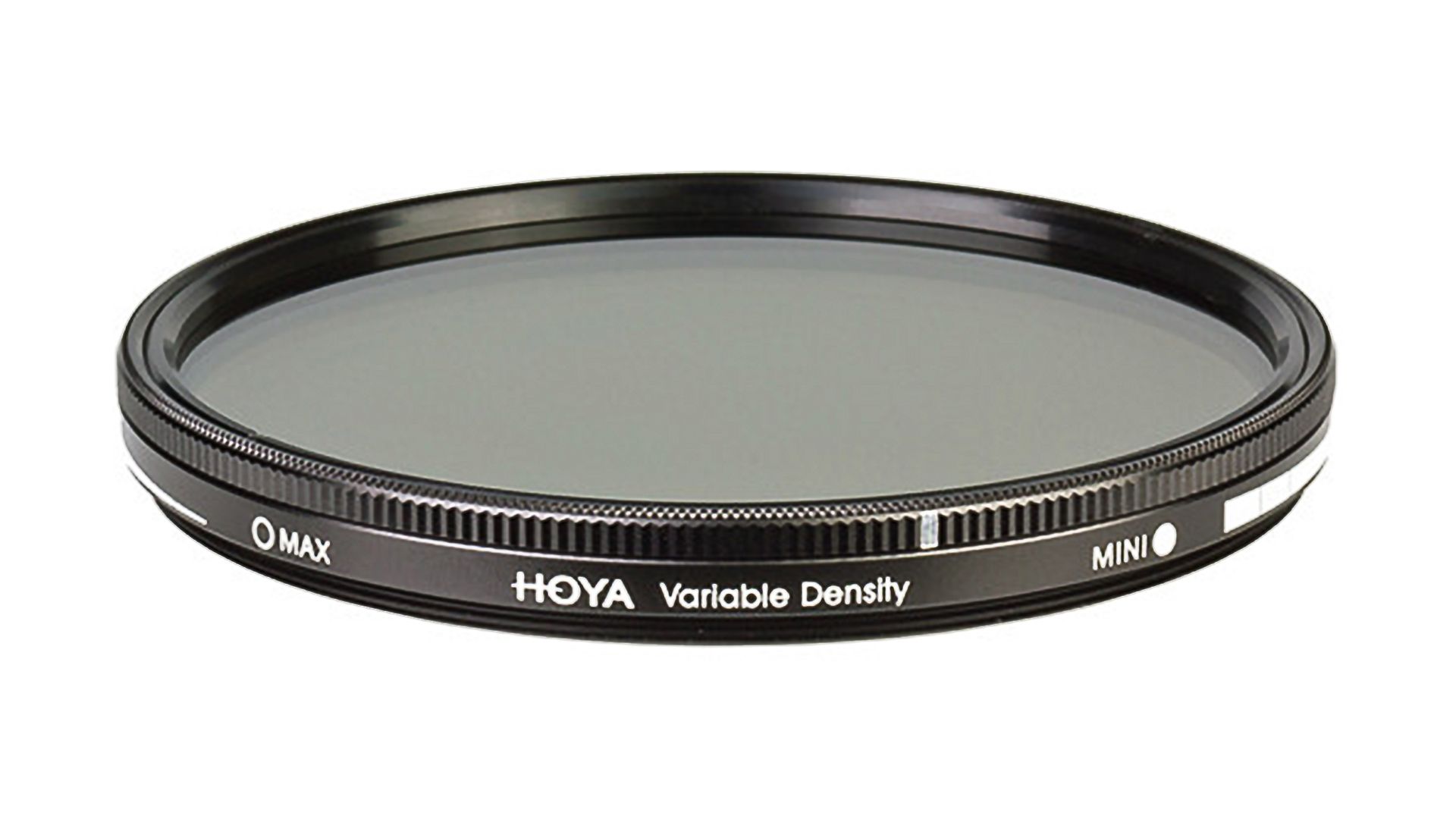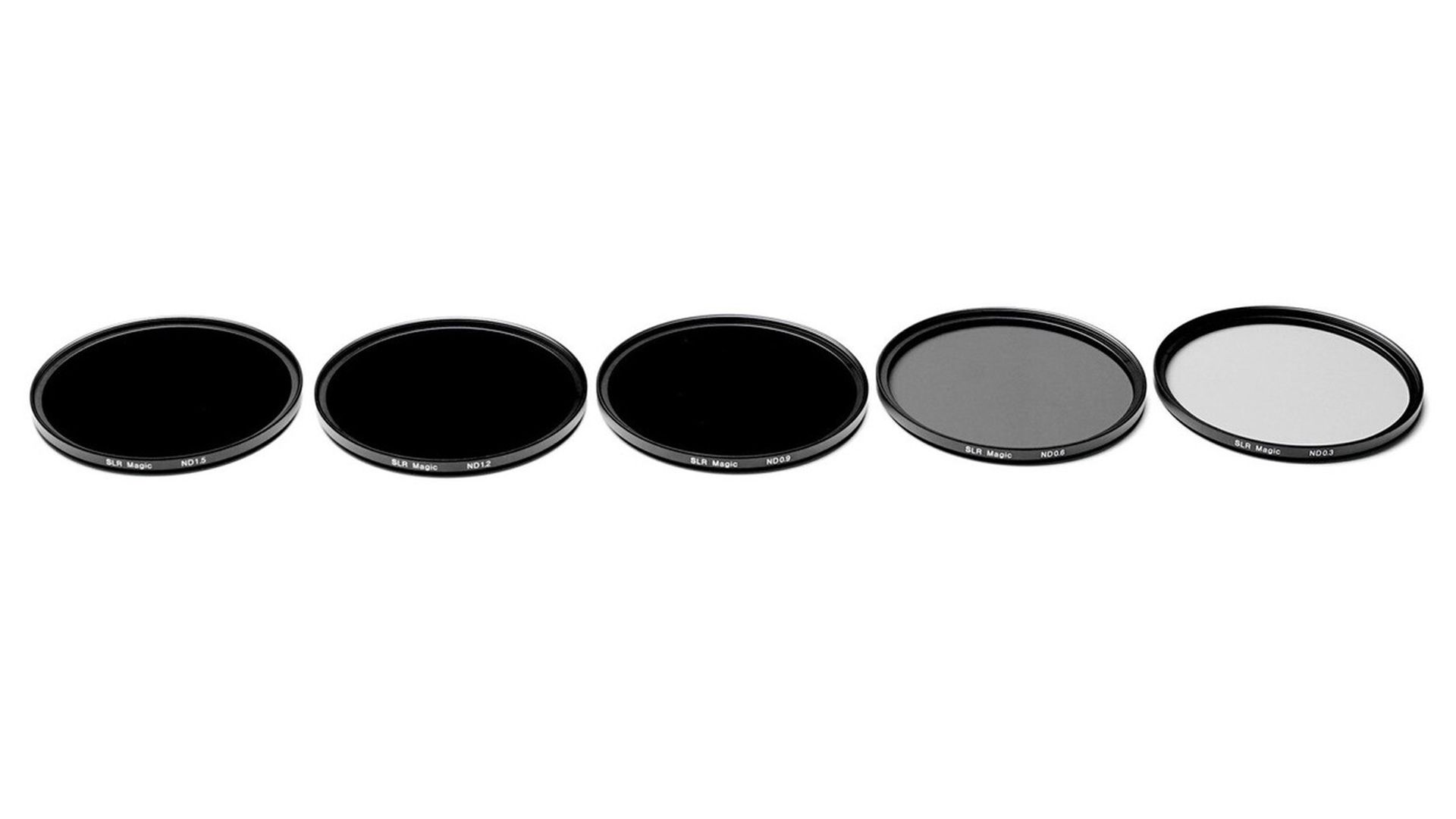What Is a Neutral Density Filter?
Neutral density filters are an essential tool in a photographer’s toolkit, but there tends to be a lot of confusion as to exactly what they are and what they do for you.
Whether you are just beginning your journey into serious photography, or you have been around for a while, this guide will help answer the question.
We will also include our thoughts on the three best ND filters on the market.
What Do Neutral Density Filters Do?
Different types of lens filters generally alter some components of the light.
Some bring out the warm or cool tones, some enhance a specific color, while other lens filters block some of the UV Light.
There are a few types that almost every photographer finds use for, and the neutral density filter is one of those.
Neutral Density Filter Definition
For anyone who shoots in bright light, neutral density filters provide you with more opportunities for creativity in your shots. It is a filter that controls how much light reaches your sensor. It does not alter any other aspect of light.
The attachment is a dark piece of glass that reduces the quantity of light that passes through the lens. They come in a range of darkness levels, each filtering out a different amount of light.
An ND filter with a strength of one reduces the light that enters by half, requiring you to double the amount of time the shutter is open. Each time you go up a number the amount of light that enters through the lens is reduced by half, so a number five filter cuts the light in half five times in a row.
What Is a Neutral Density Filter Used For?
A neutral density filter is most beneficial in situations where the light is bright. Primarily, it is used in outdoor photography. This tool allows you to do two things: narrow your depth of field and slow your shutter speed
When shooting in bright light, a wide aperture leads to overexposure because there is too much light entering through the lens for the shutter to keep up with.
If you are wanting to shoot a photo with a shallow depth of field, but the sun is too bright, an ND filter lets you get the shot. Likewise, if you desire a long exposure to capture the flow of water or soften the look of an image, you can accomplish this with a neutral density filter.
Neutral Density Filters vs Polarising Filters
A polarising filter is another must-have tool for photographers. It is often confused with an ND filter, but they are not the same. A polariser reduces the amount of light that is scattered as it bounces off objects
It is used to cut down glare and reflections on surfaces like water. It also increases the saturation of the scene. A circular polarising filter provides varying degrees of filtering, changing as you rotate the filter on the lens.
A variable ND filter works in a similar manner but produces different results.
What Is a Variable ND Filter?
A variable ND filter does the same job as a standard neutral density filter, but the degree of darkness changes as you rotate the filter, effectively giving you multiple filters in one unit.
A graduated ND filter, on the other hand, provides a range of darkness across the filter, allowing you to darken one area of your scene more than the others.
What Neutral Density Filters Should You Have?
It is difficult to operate off just a single neutral density filter, unless you opt for a graduated or variable filter.
Otherwise, a set of at least five provides you with enough flexibility for a range of light conditions and gives you enough creative control for shooting different types of images.
Why Use a Neutral Density Filter?
When you take photos outdoors, using a neutral density filter opens up your world as an artist.
The differences between an image shot with an ND filter and one without are many.
With this filter, you can change the mood of the image, make clouds and water move and produce rich and vibrant photos.
Best Neutral Density Filters To Use in 2021
There are numerous neutral density filters on the market, but if you are just starting out, determining which to buy can be overwhelming.
To help you narrow your choices, we have selected three of the best filters available:

Cokin G2 - ND8 Full 3-Stop Graduated Neutral Density Filter
The Cokin G2 Graduated ND Filter offers a 3-stop range across the filter, with edge-to-edge transitions.
It’s constructed using a high-quality optical resin. The Cokin G2 works well when you need a higher level of filtering in one area of your image than in others but is less effective if you want the same level of filtering across the entire scene.
Its price can’t be beat for the quality it provides.

Hoya Variable Neutral Density Filter
The Hoya variable ND filter gives you a lot of control over how much light hits the filter.
This model has a range of 1.5-9 stops, offering the ultimate in flexibility. It darkens the entire scene evenly. The thin, double-glass filter is durable and produces clear images without the vignetting that often occurs in wide-angle shots.
As an added bonus, it’s far cheaper than buying multiple filters!

SLR Magic Set of 5 ND Filters 1-5 Stops
If you are committed to using ND filters and know that they will be a key tool in your photography, buying individual filters provides the highest quality images. They are an investment, but you’ll get years of use out of them
This SLR Magic ND Filer Set gives you a set of five filters. The 1-5 stop filters are the most widely used but others are available.
These are constructed of glass and will not produce vignettes along the green, cyan or magenta spectrums when shooting with wide-angle lenses.
If you are ready to purchase high-quality neutral density filters that are both affordable and functional, look no further than C.R. Kennedy.
C.R. Kennedy is one of Australia’s leading distributors of cameras and photographic equipment. We offer a wide range of DSLR, mirrorless, full-frame and action cameras.
If you need more information check out more articles on the C.R. Kennedy blog.
